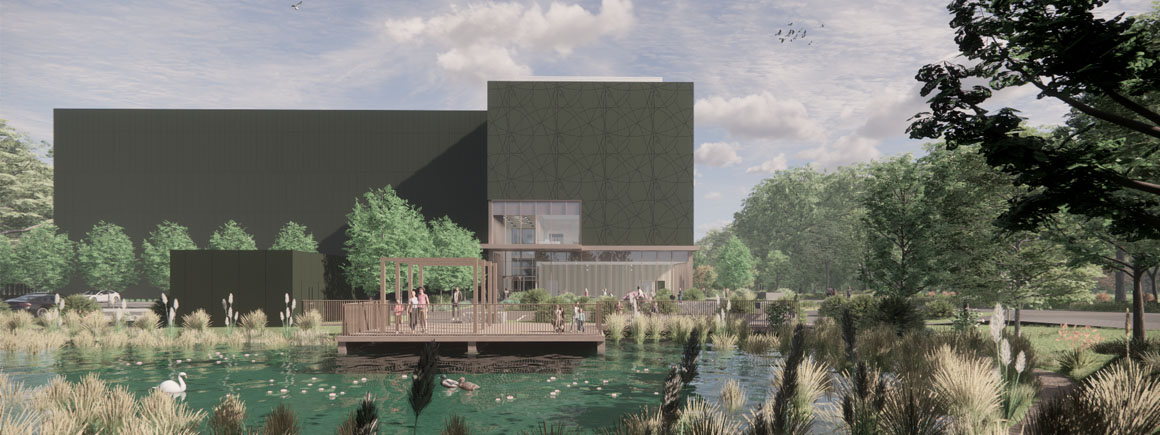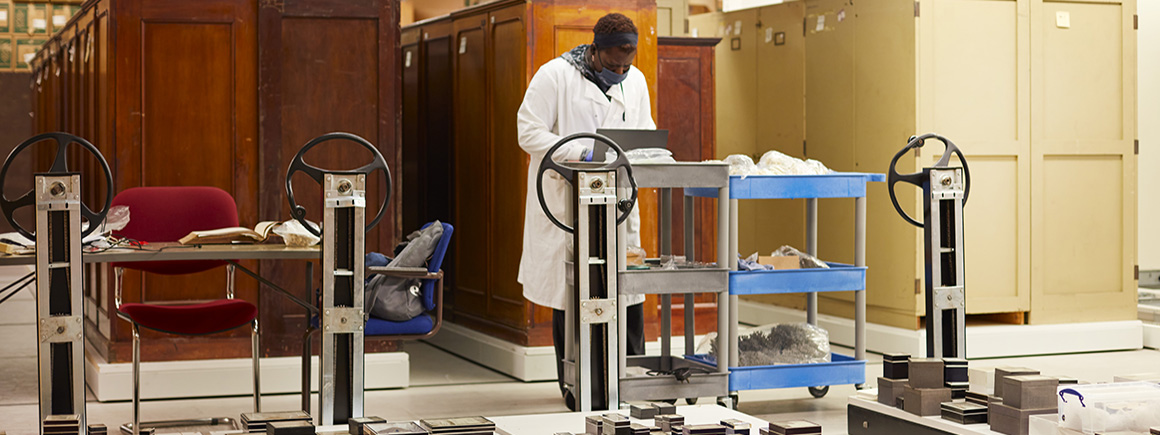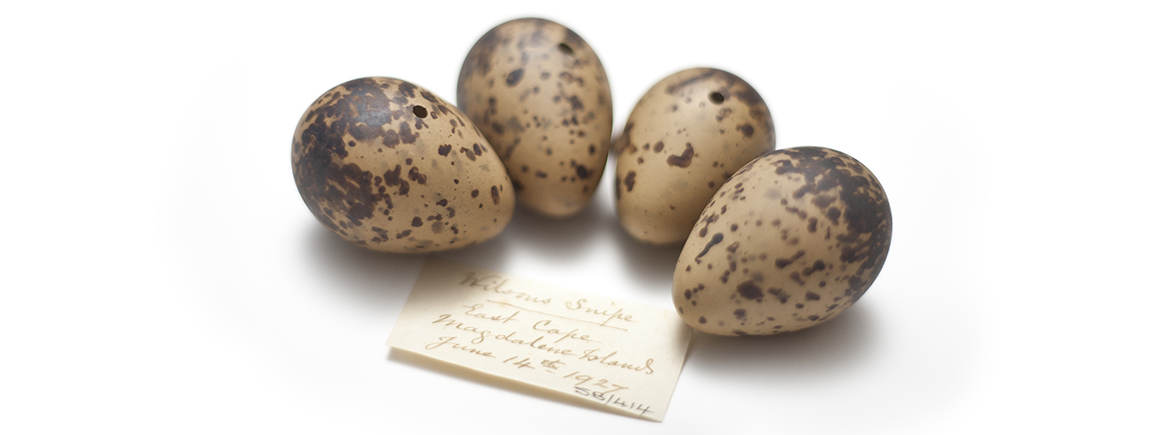Looking for a specimen?
Parts of the botany collection are being digitised

Old man banksia (Banksia serrata), collected by Joseph Banks and Daniel Solander on Captain Cook's voyage of discovery to Australasia (1769-1771).
The Museum's two million General Herbarium specimens represent a unique global resource for studying global seed plant diversity.
The collections in the General Herbarium are from all over the world except Britain and Ireland; these are found in the British and Irish Herbarium.
Pre-Linnean collections are also curated separately, in the Historical Collections.
The Museum holds major seed plant collections from all over the world and an estimated 110,000 nomenclaturally important type specimens. The botanical collections of the Museum are especially rich in historical material.
The General Herbarium is managed in four sections (General Herbarium I-IV) with each section managed by a curator.
For details of the families curated by each section, please see the Classification and Arrangement of the General Herbarium at the Museum cladogramopens in a new window (PDF, 1.41MB).
Parts of the botany collection are being digitised
If you would like to use any specimens for research, please get in touch.
General Herbarium I
Norbert Holstein
General Herbarium II
Jacek Wajer
General Herbarium III
Jovita Yesilyurt
General Herbarium IV
Ranee Prakash
2,000,000
110,000
The botanical collections of the Museum are rich in historical material.
The General Herbarium includes specimens made on voyages such as those of James Cook, HMS Beagle, HMS Challenger, and Parry.
The collection covers a broad geographical range with collections from:
Central America
The West Indies
Australia
The Himalayas
Europe and the Mediterranean
Macaronesia

Access to some collections will be affected as we prepare for the move to our new collections, science and digitisation centre.

Scientists and collections management specialists can visit the collections and borrow specimens for research.

Our duty is to provide a safe and secure environment for all of our collections.